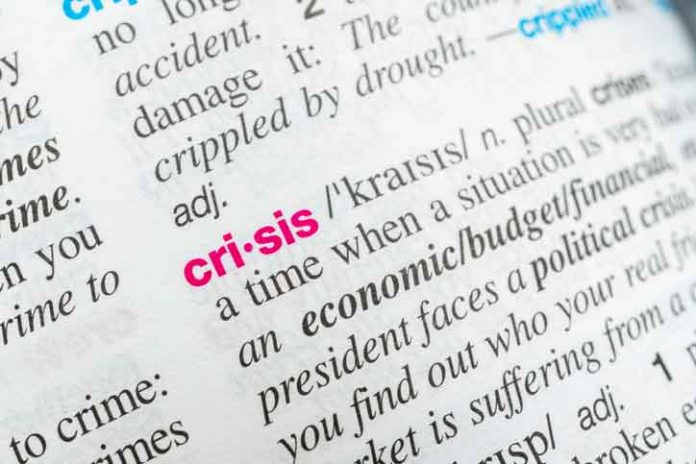During a PR crisis it can feel like the world’s attention is on your business. Teams and individuals often panic under the public spotlight. That’s a problem, because the decisions you make can have lasting impacts on your business.
Unfortunately, such disasters happen all too frequently. According to ODM Group, 59 percent of business owners experience a crisis in their company at some point.
While all PR crises are unique, utilising best practices can help you better manage the situation. This article will share examples from popular brands with learnings to help you navigate a PR nightmare.
1. Johnson and Johnson’s – Tylenol
In 1982 Johnson and Johnson faced a PR crisis you hope to never experience. An individual, who was never caught, added cyanide to Tylenol capsules. Seven people in the Chicago area died from ingesting the Tylenol
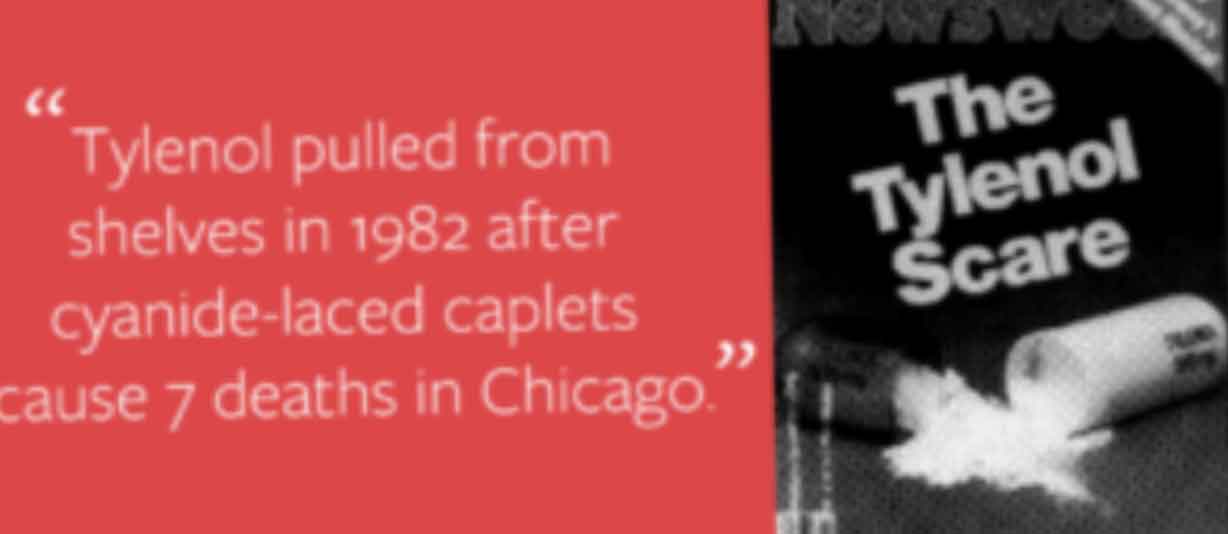
Unsurprisingly, the incident generated widespread panic. The loss in confidence in the company is estimated to have cost the company approximately $1 billion.
The PR crisis is something that few companies could anticipate. For a start, the issue was not even the company’s fault. Yet despite the situation they faced, the company pulled together an effective crisis management strategy.
Johnson and Johnson worked with the police and other services to investigate the source of the problem. They discovered the incident was caused by product tampering once the Tylenol was on the shelves.
Once they identified the problem, they issued an immediate product recall in the Chicago area. They then warned hospitals and distributors of the problem and halted advertising.
In California they faced more problems when strychnine was found to have been added to bottles of Tylenol. Johnson and Johnson issued a nationwide product recall. The company advertised which types of bottles were effected via the press, and offered to exchange Tylenol capsules for solid tablets.
Additional steps were undertaken to deal with the underlying issue, like the creation of tamper proof packaging. The company won praises for their quick and appropriate action. Within five months of the PR disaster, they recovered 70 percent of their market share.
Johnson’s and Johnson’s were able to overcome this PR disaster because they took immediate actions and sought to ensure that measures were taken quickly. The company was widely praised for its response.
2. KFC – Supply Chain Issues
The situation Johnson and Johnson faced could never be anticipated. Most companies face issues that can be anticipated, though. The 2018 response to the chicken shortage by KFC is a great example of a company that had a game plan to deal with an upcoming problem.
Due to logistics issues, KFC was faced with a shortage of chickens. They knew stores would have to close and there would be stock shortages.
The company took action as the crisis emerged. KFC posted self deprecating content on social media that was laced with humor. Below is an example of content they released.
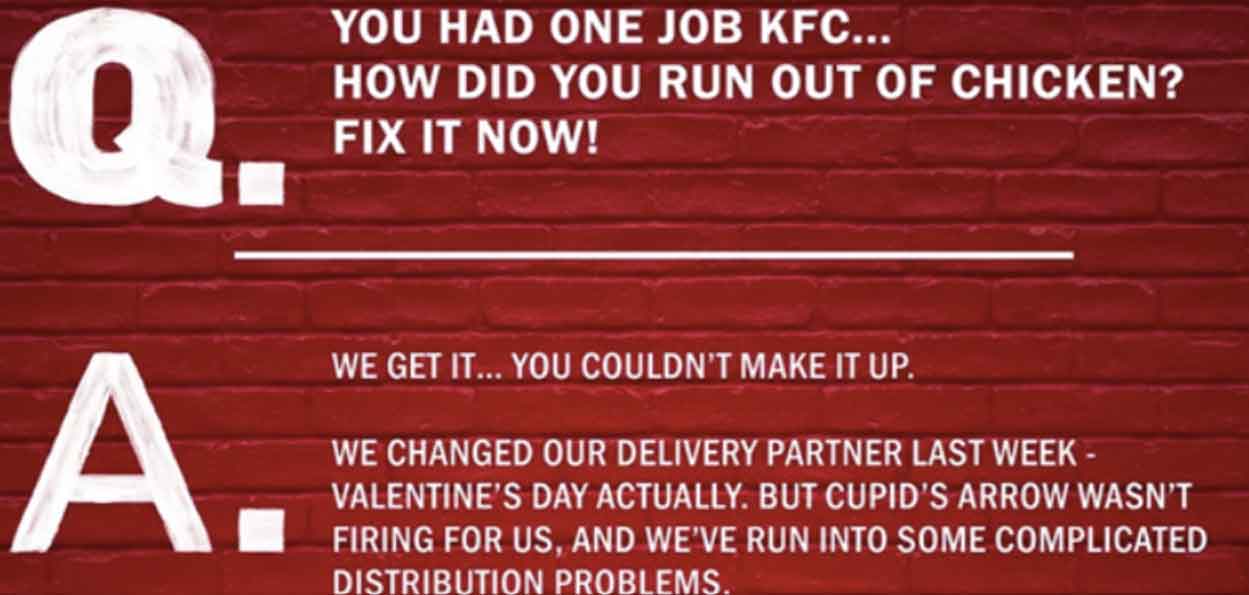
KFC explained the cause of the shortage, and what the company was doing about it. They used a hashtag for the whole campaign. That made it easy for people interested in the issue to stay up to date on the topic.
The most effective PR crisis management techniques rely on careful monitoring, and effective internal communication between stakeholders. Taking actionable steps like they did, makes it possible to defuse a PR crisis before it arises. Certainly, it makes for a more coherent response.
Communicating clearly with your customers and interested stakeholders throughout the crisis can help too. That is what KFC did by releasing regular statements using an agreed hashtag.
3. Pepsi – Kendall Jenner Ad
In 2017 Pepsi launched an advertisement featuring Kendall Jenner. The ad showed Kendall Jenner handing a can of Pepsi to a police officer during a protest. The ad was aired at the height of the Black Lives Matter protests.
Pepsi was trying to convey a message of unity, peace and understanding through the ad.
It generated an immediate public backlash. The message Pepsi were trying to portray was different from what consumers saw and felt.

Pepsi faced a major brand crisis. They pulled the ad.
The company’s failure to understand their target audience cost their business. In an attempt to deal with the crisis they released a public statement and apologised for the misstep.
If you face a PR crisis that is caused wittingly or unwittingly by your company, you should own up to the issue and apologise to your audience. In many instances, this is the first step to repairing relations with your customer base.
4. Burger King – The Impossible Burger
In November 2019, a self-described vegan filed a lawsuit against Burger King. Mr Williams, the person filing the suit, stated that the restaurant was misleading consumers by not informing customers that beef fat is added to the Impossible Whopper Burger when it is broiled. The claimant also stated that the fast-food company cooks its vegan patties on the same grills as traditional burgers.
Burger King was legally covered. It stated at the time on its website that burgers might include regular mayonnaise. Customers wanting to avoid contamination could request their Impossible Burgers be cooked using a non-broiler method on a separate grill.
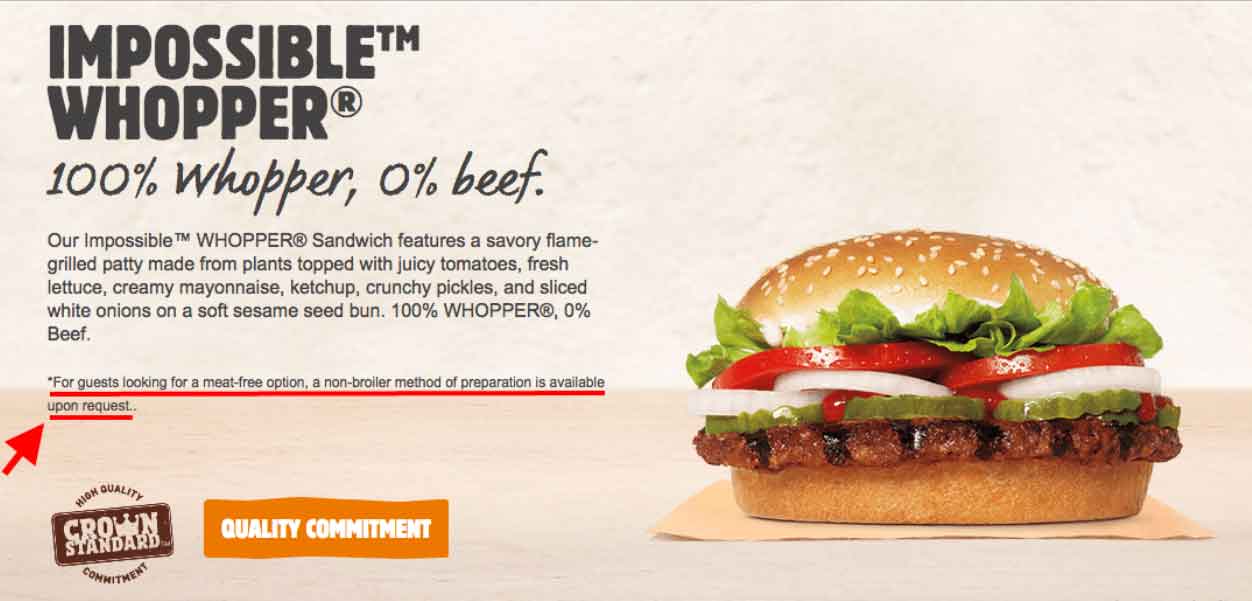
Burger King chose not to make a public statement initially. They decided making a public statement that was misrepresented or misinterpreted could cause more problems than a lawsuit that was going nowhere.
Not making a public statement until you have agreed on an internal policy for dealing with a crisis is a good idea. In some instances, it could be better to say nothing, rather than release a public statement. Certainly, the approach played out to Burger King’s advantage in this instance.
5. Cracker Barrel – Brad’s Wife
Staying quiet can be a good policy in a PR crisis. However, it’s a strategy that can backfire. The PR crisis that Cracker Barrel faced is a great example of when you need a coherent response to deal with a surging issue.
Bradlel Byrd, an Indiana man, left a question on Cracker Barrel’s Facebook page asking why his wife was fired. People who saw the post reacted in support of Brad’s wife.
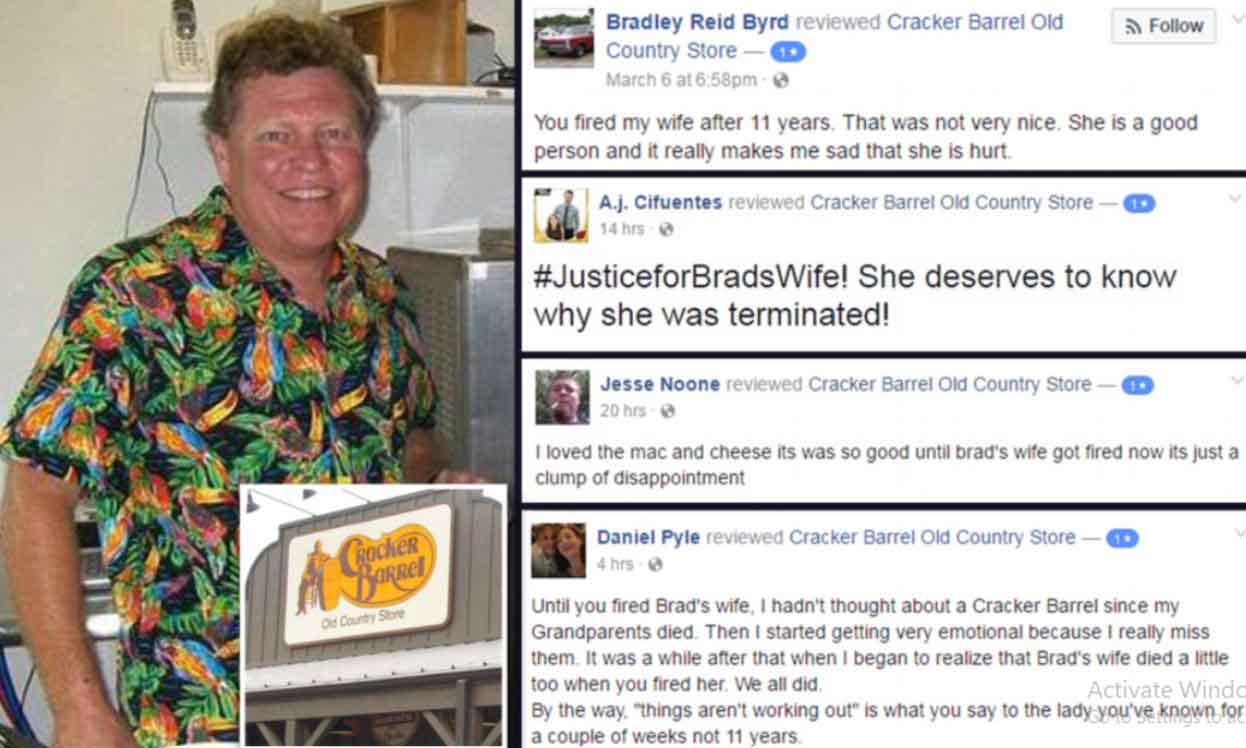
The situation quickly escalated. A Change.org petition was launched in support of Brad’s wife. The petition gathered over 17,000 signatures. People also left negative reviews about the company on Yelp and Google My Business.
Cracker Barrel’s failure to respond promptly to this PR crisis caused the company a huge amount of problems. Cracker Barrel needed a policy for responding to such a comment. Ideally, a response that respects the former employees privacy while offering to follow up with the aggrieved party privately.
Putting an effective crisis PR strategy together is hard and requires experienced staff. A competent PR crisis management agency can help you formulate a strategy for unforeseen eventualities so you have a plan in place should you need to take action.
In Closing
More than one in two businesses experience a PR crisis. A disaster can have lasting reputational and financial impacts, which is why the way you handle the crisis is so important.
This guide discussed some best practices you should follow to handle a PR crisis. You need a plan in place to deal with a crisis. That involves putting together strategies for dealing with eventualities that might harm your business. You should also nominate an individual or individuals who can give public statements, and provide them with media training if necessary.


